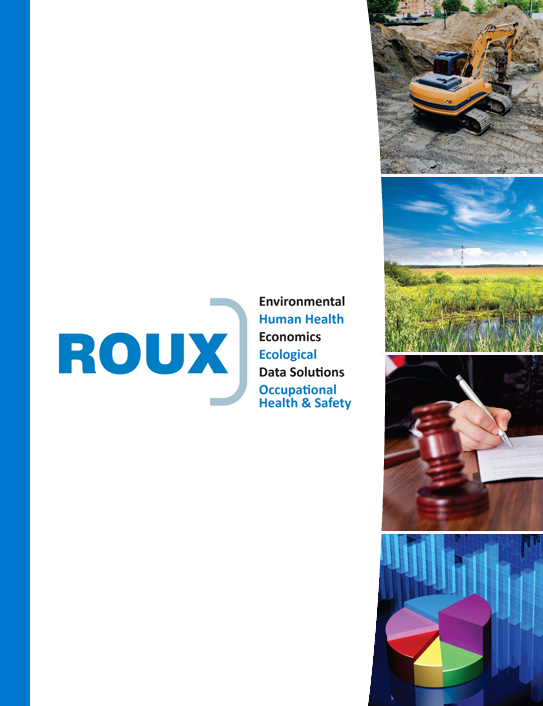PFAS MCLs: A Peek behind the Curtain?
Last month, the United States Environmental Protection Agency (USEPA) released for the Science Advisory Board’s technical peer review its proposed method for deriving maximum contaminant level goals (MCLGs) for perfluorooctane sulfonic acid (PFOS) and perfluorooctanoic acid (PFOA). While the USEPA documents detail only its proposed methodology, the toxicological information reported allows the derivation of corresponding MCLGs:
0.03 parts per trillion (ng/L) for PFOS and
0.006 parts per trillion (ng/L) for PFOA
Adoption of such low MCLGs as maximum contaminant levels (MCLs) would not be technically feasible. Not only are these MCLGs orders of magnitude lower than the current 70 parts per trillion (ppt) lifetime drinking water Health Advisory (HA) value for PFOS and PFOA combined, but they are also much lower than detection limits of existing commercial laboratories using the EPA’s approved methods. Therefore, the MCLs cannot be tethered by traditional toxicological risk frameworks, and instead will turn on the technological feasibility and the economic feasibility evaluated using cost-benefit analysis.
While these MCLGs are derived using non-cancer endpoints (specifically decreased efficacy of diphtheria and tetanus vaccines in children from epidemiological studies), they are considered protective of cancer endpoints. Notably, the USEPA also provides conclusions about associations between cancer risk, PFOA, and PFOS exposure. Consistent with previous findings, the USEPA concluded there is little evidence of an association between PFOS exposure and cancer incidence. However, the USEPA concludes there is evidence that PFOA is a more potent carcinogen than previously estimated in 2016.
Other contaminants have MCLGs that are similarly infeasible to achieve, such as zero for lead, and their MCLs are therefore greater than their MCLGs. Based on these documents, PFOA and PFOS will also ultimately have MCLs greater than their MCLGs, likely hovering around PFAS detection limits.
The ultimate MCLs will have widespread implications for drinking water systems and the regulated community throughout the country. If MCLs were at PFAS detection limits, hundreds, if not thousands, of additional public water systems would find themselves above relevant drinking water standards than at the current lifetime HA value of 70 ppt. Roux’s internal working studies determined that nationwide drinking water treatment costs would likely increase from hundreds of millions to tens of billions of dollars.
As uncertain as total compliance costs are, even more uncertain will be the USEPA’s quantification and monetary valuation of the benefits that alternative MCLs achieve. The USEPA uses several measures to describe benefits from drinking water regulation as “the avoided damages or losses in well-being that humans would have experienced without regulatory action.” Some, including lower mortality and morbidity risk, health risk mitigation expenditures, and production costs for market goods, assign monetary values revealed through markets, whereas other, less tangible benefits (e.g., aesthetics, nonuse) use hypothetical market constructs that are more vulnerable to bias and subjectivity.
This latest information does not provide much clarity—other than to expect that MCLs for PFOS and PFOA will likely be well below the current HA threshold of 70 ppt.
Please click the button below to request further discussion with Roux’s human health risk and other technical experts, and to learn more about Roux’s derivation of MCLGs.
